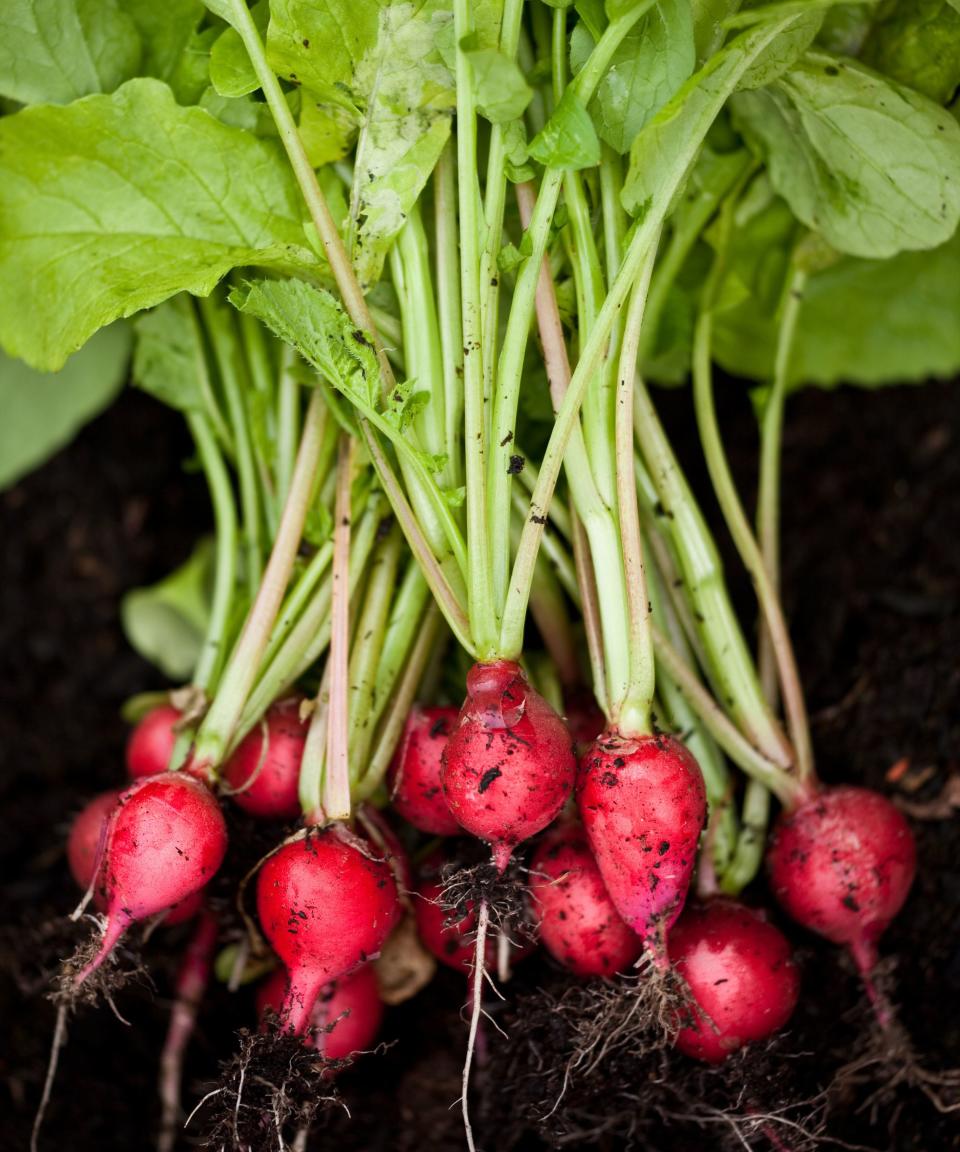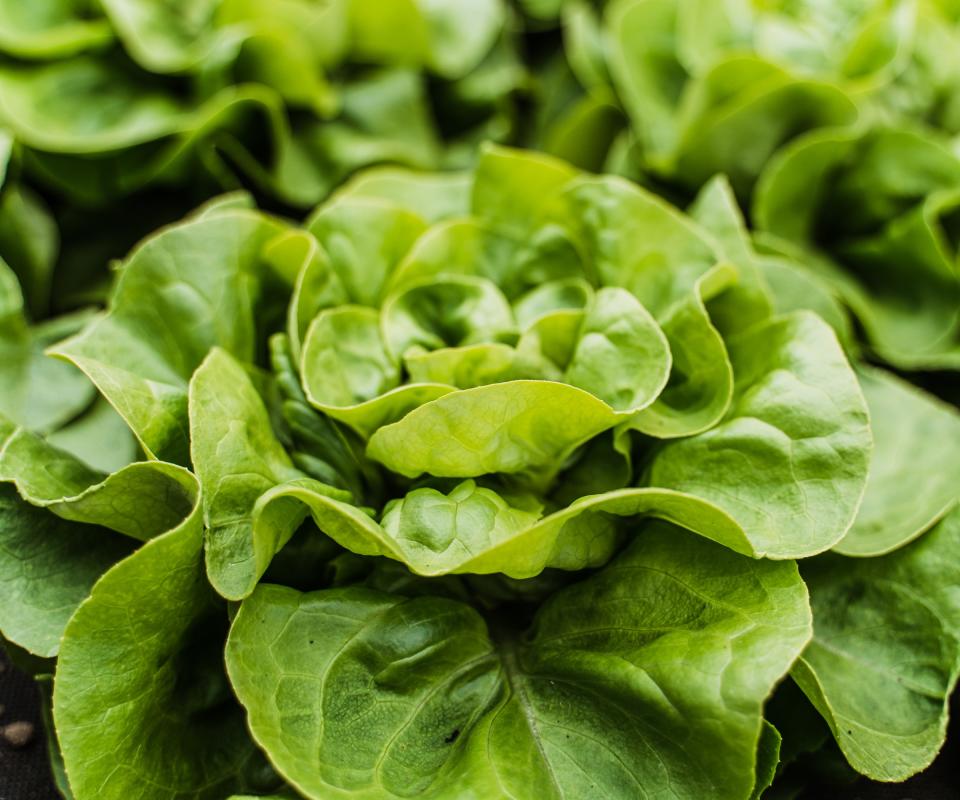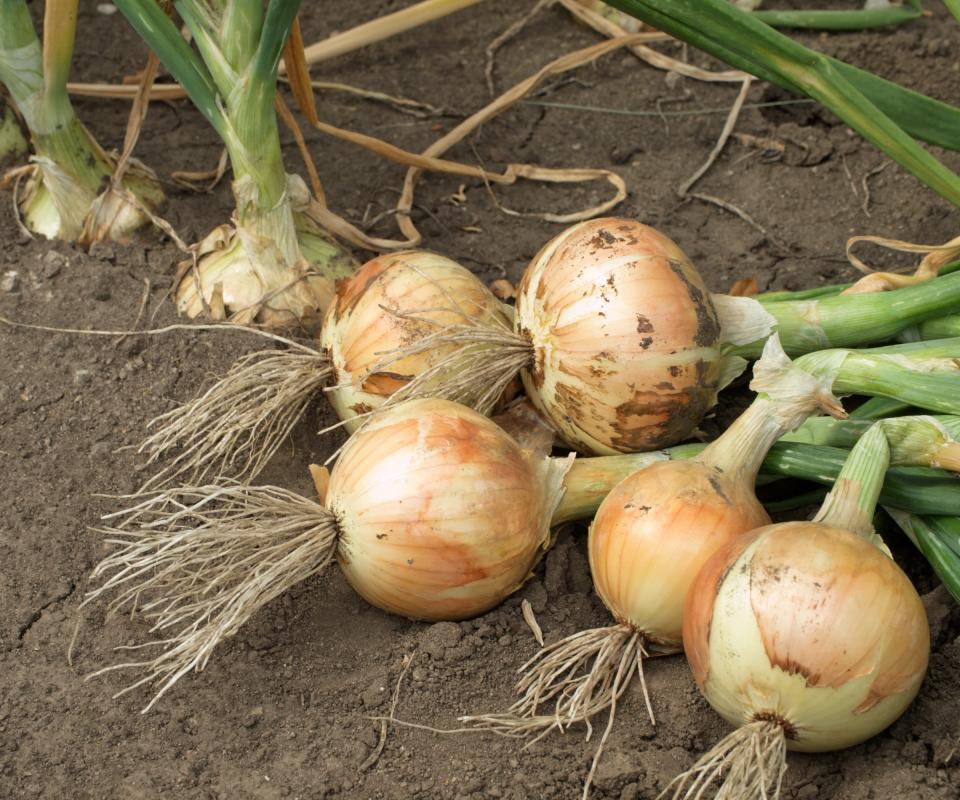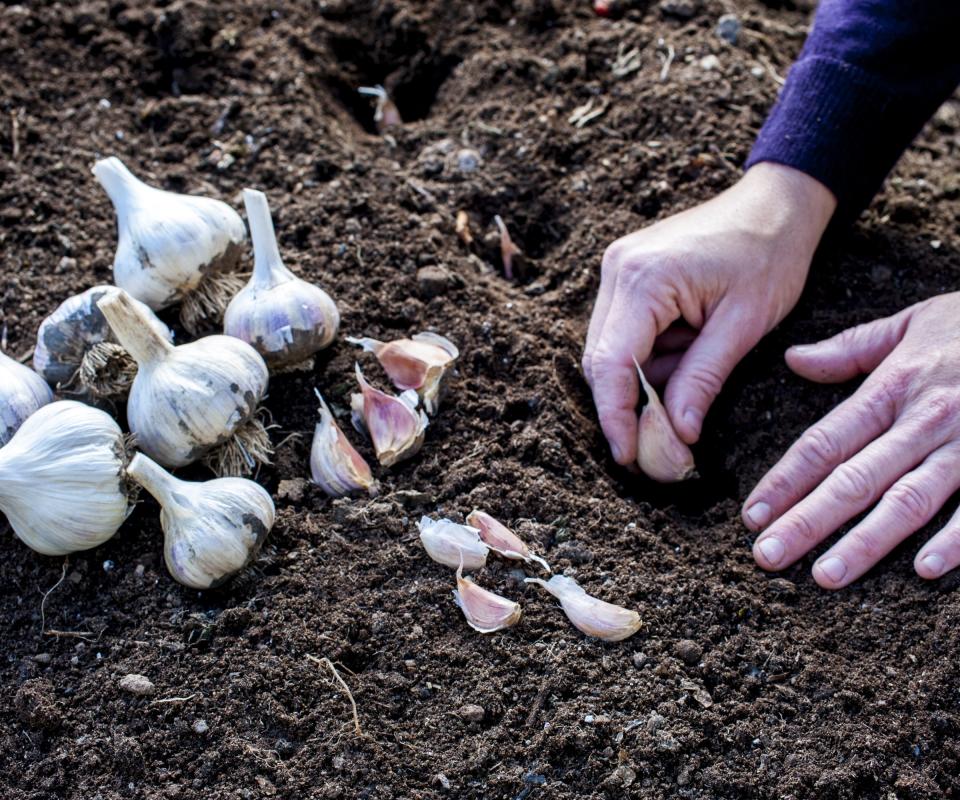10 vegetables to plant in fall for delicious crops in the colder months and beyond

Fall is often thought of as a time for an abundance of crops to harvest in the vegetable garden. Crops raised and nurtured throughout spring and summer are now at the fore and it can be peak season for harvesting. However, the fact is that fall also remains a great time to sow a range of vegetables.
When it comes to fall vegetables to plant, they can be both quick growing-crops to be picked throughout fall and winter, along with vegetables that take a bit longer and will be ready the following year. In fall the soil is warm enough to ensure that seeds germinate quickly and plants can grow fast before the colder weather hits.
During my time as a professional kitchen gardener I grew vegetables for chefs at restaurants year-round. There were weekly harvests throughout the fall and winter months, with sowings planned well into fall to make sure we could provide fresh vegetables throughout winter and early spring. We take a look at some of the best crops that are ideal for fall planting and can quickly fill a fall vegetable garden with plants to provide harvests throughout the colder months and into the following season.
Vegetables to plant in fall

1. Broccoli rabe

When to plant: Early fall
When to harvest: Mid-fall onwards
Broccoli rabe, also known as rapini, is a quick-growing fall vegetable that produces small heads similar to when you grow broccoli. All parts of the plant, from the head to the leaves and also the stems, are edible. It is easy to grow and a cool-season vegetable that is best sown in spring and fall. You want to sow broccoli rabe seeds directly into the kitchen garden at least eight weeks before the first frost for your US hardiness zone. Varieties of broccoli rabe can take as little as 40 days to go from sowing to the first harvest. See organic rapini seeds available at Burpee.
2. Bok choy

When to plant: Early fall
When to harvest: Mid-fall onwards
Bok choy is another vegetable that does not like hot weather, so tends to be sown in spring and fall. This Asian crop, also known commonly as pak choi or Chinese cabbage, produces edible stalks and leaves. Bok choy can either be harvested as tender leaves or grown to maturity to be used in stir fries. Sow seeds directly into fertile soil around half-an-inch deep, sowing successionally to ensure a steady supply of harvests. Bok choy is fast-growing, baby leaves can be ready within 30 days while it may take 60 days for mature plants. Sow in early fall for cropping later in the season. You can get Dwarf White Stem Bok Choy seeds from True Leaf Market that can be ready to harvest in 40-45 days.
3. Spinach

When to plant: Early fall
When to harvest: Mid-fall to spring
Hardy winter varieties can be sowed in early fall to provide a harvest of spinach throughout the colder months. You can grow spinach in the ground, in raised garden beds, or as part of vegetable garden containers. Sow seeds directly into the soil one inch deep around six weeks before the first frost in a sunny position in the garden. The winter cultivars can be harvested between October and April. Consider putting some spinach companion plants in the near vicinity to protect your crop from pests that will want to nibble on the leaves.
See the range of spinach seeds available at Burpee.
4. Endive

When to plant: Early fall
When to harvest: Mid-to-late fall
Endive is similar to lettuce but its leaves, which come in either broad-leaved or curly types, have a more bitter taste. A popular cut-and-come-again crop where the baby leaves are harvested as little as a month after sowing, it can provide an extra flavor to mixed salads. Endive seeds can be sown into fall to provide harvests into the winter months.
See a range of endive available at True Leaf Market
5. Radish

When to plant: Early fall
When to harvest: Mid-fall (summer radish) winter/spring (winter radish)
Radishes are a very fast growing vegetable that can be sown in fall for quick harvests. If you grow radishes in pots then you can bring them undercover when the colder weather hits to further extend the season of summer radishes.
There are also winter varieties of radish to grow, these are slower-growing and larger than the usual summer radishes. These types of radishes are planted in fall, sowing them further apart than their summer counterparts, and can be ready in 10 weeks. It means you can be harvesting radishes throughout winter as these winter types can be left in the ground to lift as required.
See the selection of radish seeds available at True Leaf Market
6. Lettuce

When to plant: Early-to-mid fall
When to harvest: Mid-fall onwards
There is such a wide variety of lettuce to choose from, coming in a plethora of colors, shapes, and flavors. There is a versatility when growing lettuce, as you can grow cut-and-come-again leaves or ones that form heads that you pick as a whole. Lettuces can be planted into fall and they do enjoy those cooler conditions. You can get speedy harvests from lettuce, in as little as 30-40 days for baby leaves. There are many types of lettuce to plant in fall and into winter that can provide you with leaves throughout the colder months. If you have a greenhouse or polytunnel that will further increase your options, while you can even grow lettuce indoors for year-round harvests.
Browse the range of lettuce plants and seeds at Burpee
7. Collard greens

When to plant: Early fall
When to harvest: Mid-fall onwards
Collard greens are a common ingredient in southern cooking and are another cool-season vegetable perfectly suited for fall planting. Growing this frost-tolerant vegetable is similar to growing kale and a frost will actually improve the flavor of the leaves.
Collard greens are often planted in spring or early fall, with a fall planting capable of providing a harvest throughout the winter. Plant the seeds at least six weeks before the frosts are due and then it can be as quick as 60 days before you are harvesting the first leaves. When harvesting collard greens, you can either remove individual leaves or cut the whole plant. You can get Morris Heading collard green seeds from True Leaf Market that can be ready to harvest in 75-85 days.
8. Onions

When to plant: Early-to-mid fall
When to harvest: Mid-summer
Onions are a staple crop of many kitchen gardens around the globe and they can either be planted in the fall or spring. Autumn-planting types of onions are planted from September through to November to be harvested come summer next year. Onion sets are easier to grow than onion seeds, though you can also sow onion seeds in fall if you desire. It is not advised to try to grow onions over winter in soil types that are really heavy or get waterlogged. The time to harvest onions planted in fall tends to be around six weeks earlier than onions planted in spring.
See the range of onion sets available at Nature Hills
9. Garlic

When to plant: Mid-to-late fall
When to harvest: Early summer
Garlic is a crop that is also best planted in fall, while types can be put in the ground come spring. If you are growing garlic it needs a very long growing season, with varieties wanting a period of cold for a few months at 32–50°F to ensure the bulb develops properly.
You can grow hardneck or softneck garlic, with each having pros and cons. Hardneck garlic is hardier than softneck and can better survive winter climates. These types will need to be planted in fall as it requires that cold period. If you want to grow elephant garlic, then its bulbs are also best planted in fall. The ideal window to plant garlic is from mid-fall into early winter.
See the range of garlic bulbs available at Nature Hills
10. Fava beans

When to plant: Mid-fall
When to harvest: Late spring/early summer
Fava beans, also known as broad beans, can be sown directly into the soil in fall to provide an earlier harvest of fava beans come next year. These crops can germinate at low temperatures and to plant fava beans you simply need to push each large bean seed two inches into the ground around 6-8 inches apart. When growing fava beans make sure to select a variety appropriate to fall planting, as some varieties are suited only to a spring sowing. Aquadulce fava beans are available at True Leaf Harvest and ideally suited to fall sowing.
If you are wanting to start a vegetable garden it is relatively simple to make it productive throughout the whole year with some forward planning. Even a small vegetable garden is capable of providing fresh homegrown vegetables year-round thanks to successional plantings and sowings. Don’t underestimate the amount of vegetables that can be planted in fall to give you delicious harvests over the coming months.